A huge ecosystem of connected devices, named the Internet of Things, has been expanding over the globe for the last two decades. The IoT system can function and transfer information in the online mode only when devices are safely connected to a communication network. What makes such a connection possible? The invisible language allowing physical objects to “talk” to each other — IoT standards and protocols. This article explains complicated abbreviations and helps you make sense of the Internet of Things standards and protocols.
Transform your business or gain a competitive advantage in your industry with custom IoT software solutions from SaM Solutions.
IoT Protocols Background
Now, the overwhelming number of objects around us are enabled to collect, process and send data to other objects, applications or servers. They span numerous industries and use cases, including manufacturing, medicine, automotive, security systems, transportation and more.
The first devices connected to the global net appeared in 1982. It was a Coca-Cola vending machine that could control the temperature of the machine and keep track of the number of bottles in it. The term “Internet of Things” is considered to be formulated in 1999 by Kevin Ashton, an RFID technology researcher.
In the 1990s, all IoT-related activities came down to theoretical concepts, discussions and individual ideas. The 2000s and 2010s was a period of rapid development when IoT projects began to succeed and found certain practical applications. Multiple small and large projects were created, from intelligent lamps and fitness trackers to self-driving cars and smart cities. This was made possible because of the emergence of wireless connections that could transfer information over a long distance and the increased bandwidth of Internet communications.
The IoT grew to a completely “different Internet,” so that not all existing protocols were able to satisfy its needs and provide seamless connectivity. That’s why it became a vital necessity to create specialized IoT communication protocols and standards. However, some existing technologies (e.g., HTTP) are also used by the Internet of Things.
Types of IoT Connections
An IoT system has a three-level architecture: devices, gateways and data systems. The data moves between these levels via four types of transmission channels.

- Device to device (D2D) — direct contact between two smart objects when they share information instantaneously without intermediaries. For example, industrial robots and sensors are connected to one another directly to coordinate their actions and perform the assembly of components more efficiently. This type of connection is not very common yet, because most devices are not able to handle such processes.
- Device to gateway — telecommunications between sensors and gateway nodes. Gateways are more powerful computing devices than sensors. They have two main functions: to consolidate data from sensors and route it to the relevant data system; to analyze data and, if some problems are found, return it back to the device. There are various IoT gateway protocols that may better suit this or that solution depending on the gateway computing capabilities, network capacity and reliability, the frequency of data generation and its quality.
- Gateway to data systems — data transmission from a gateway to the appropriate data system. To determine what protocol to use, you should analyze data traffic (frequency of burstiness and congestion, security requirements and how many parallel connections are needed).
- Between data systems — information transfer within data centers or clouds. Protocols for this type of connection should be easy to deploy and integrate with existing apps, have high availability, capacity and reliable disaster recovery.
Types of IoT Networks
Networks are divided into categories based on the distance range they provide.

A nanonetwork — a set of small devices (sized a few micrometers at most) that perform very simple tasks such as sensing, computing, storing, and actuation. Such systems are applied in biometrical, military and other nanotechnologies.
NFC (Near-Field Communication) — a low-speed network to connect electronic devices at a distance within 4 cm from each other. Possible applications are contactless payment systems, identity documents and keycards.
BAN (Body Area Network) — a network to connect wearable computing devices that can be worn either fixed on the body, or near the body in different positions, or embedded inside the body (implants).
PAN (Personal Area Network) — a net to link up devices within a radius of roughly one or a couple of rooms.
LAN (Local Area Network) — a network covering the area of one building.
CAN (Campus/Corporate Area Network) — a network that unites smaller local area networks within a limited geographical area (enterprise, university).
MAN (Metropolitan Area Network) — a big network for a certain metropolitan area powered by microwave transmission technology.
WAN (Wide Area Network) — a network that exists over a large-scale geographical area and unites different smaller networks, including LANs and MANs.
Mesh Networks
Wireless nets can also be categorized according to their topology, i.e. a connectivity configuration. There may be various combinations of connections between nodes: line, ring, star, mesh, fully connected, tree, bus.

Mesh networks have the most benefits if compared to other types of networks since they don’t have a hierarchy, and the hub and each node is connected to as many other nodes as possible. Information can be routed more directly and efficiently, which prevents communication problems. This makes mesh networks an excellent solution for the connected objects.
Requirements for IoT Networks
- The capacity to connect a large number of heterogeneous elements
- High reliability
- Real-time data transmission with minimum delays
- The ability to protect all data flows
- The ability to configure applications
- Monitoring and traffic management at the device level
- Cost-effectiveness for a large number of connected objects
Most Popular Internet of Things Protocols, Standards and Communication Technologies
Now, let’s get to the specifics of IoT wireless protocols, standards and technologies. There are numerous options and alternatives, but we’ll discuss the most popular ones.
MQTT
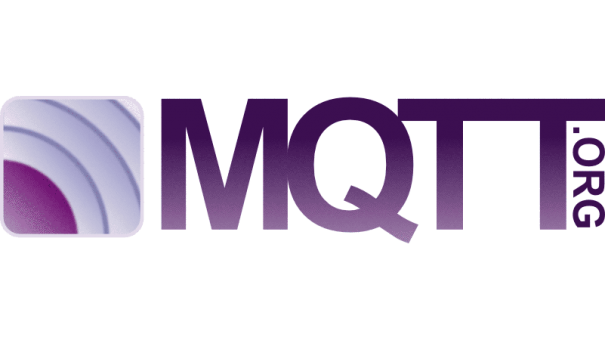
MQTT (Message Queue Telemetry Transport) is a lightweight protocol for sending simple data flows from sensors to applications and middleware.
The protocol functions on top of TCP/IP and includes three components: subscriber, publisher and broker. The publisher collects data and sends it to subscribers. The broker tests publishers and subscribers, checking their authorization and ensuring security.
MQTT suits small, cheap, low-memory and low-power devices.
DDS
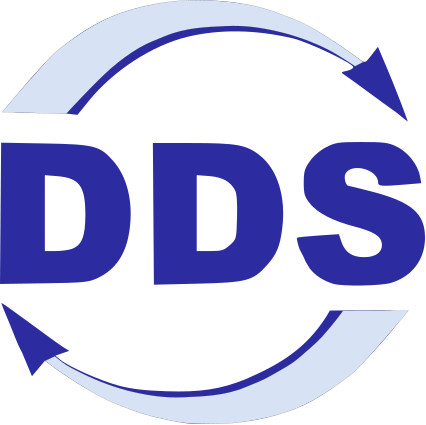
DDS (Data Distribution Service) is an IoT standard for real-time, scalable and high-performance machine-to-machine communication. It was developed by the Object Management Group (OMG).
You can deploy DDS both in low-footprint devices and in the cloud.
The DDS standard has two main layers:
- Data-Centric Publish-Subscribe (DCPS), which delivers the information to subscribers
- Data-Local Reconstruction Layer (DLRL), which provides an interface to DCPS functionalities
AMQP

AMQP (Advanced Message Queuing Protocol) is an application layer protocol for message-oriented middleware environments. It is approved as an international standard.
The processing chain of the protocol includes three components that follow certain rules.
- Exchange — gets messages and puts them in the queues
- Message queue — stores messages until they can be safely processed by the client app
- Binding — states the relationship between the first and the second components
Bluetooth
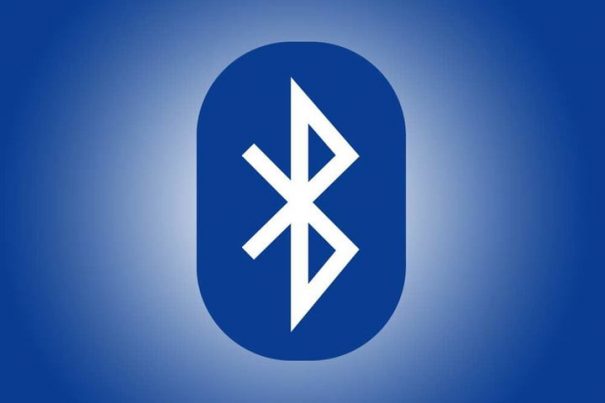
Bluetooth is a short-range communications technology integrated into most smartphones and mobile devices, which is a major advantage for personal products, particularly wearables.
Bluetooth is well-known to mobile users. But not long ago, the new significant protocol for IoT apps appeared — Bluetooth Low-Energy (BLE), or Bluetooth Smart. This technology is a real foundation for the IoT, as it is scalable and flexible to all market innovations. Moreover, it is designed to reduce power consumption.
- Standard: Bluetooth 4.2
- Frequency: 2.4GHz
- Range: 50-150m (Smart/BLE)
- Data Rates: 1Mbps (Smart/BLE)
Zigbee
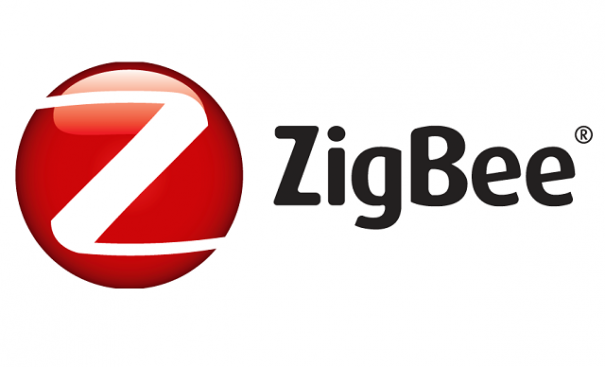
ZigBee 3.0 is a low-power, low data-rate wireless network used mostly in industrial settings.
The Zigbee Alliance even created the universal language for the Internet of Things — Dotdot — which makes it possible for smart objects to work securely on any network and seamlessly understand each other.
- Standard: ZigBee 3.0 based on IEEE802.15.4
- Frequency: 2.4GHz
- Range: 10-100m
- Data Rates: 250kbps
WiFi
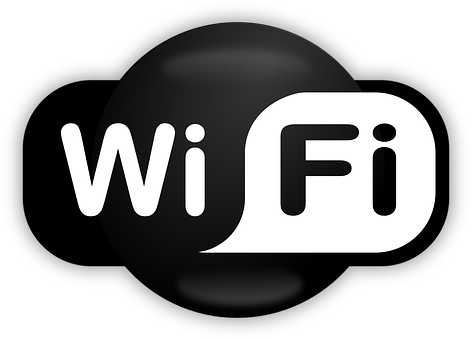
Wi-Fi is the technology for radio wireless networking of devices. It offers fast data transfer and is able to process large amounts of data.
This is the most popular type of connectivity in LAN environments.
- Standard: Based on IEEE 802.11
- Frequencies: 2.4GHz and 5GHz bands
- Range: Approximately 50m
- Data Rates: 150-200Mbps, 600 Mbps maximum
Cellular
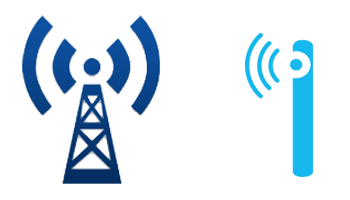
Cellular technology is the basis of mobile phone networks. But it is also suitable for the IoT apps that need functioning over longer distances. They can take advantage of cellular communication capabilities such as GSM, 3G, 4G (and 5G soon).
The technology is able to transfer high quantities of data, but the power consumption and the expenses are high too. Thus, it can be a perfect solution for projects that send small amounts of information.
- Standard: GSM/GPRS/EDGE (2G), UMTS/HSPA (3G), LTE (4G)
- Frequencies: 900/1800/1900/2100MHz
- Range: 35km (GSM); 200km (HSPA)
- Data Rates: 35-170kps (GPRS), 120-384kbps (EDGE), 384Kbps-2Mbps (UMTS), 600kbps-10Mbps (HSPA), 3-10Mbps (LTE)
LoRaWAN

LoRaWAN (Long Range Wide Area Network) is a protocol for wide area networks. It is designed to support huge networks (e.g. smart cities) with millions of low-power devices.
LoRaWAN can provide low-cost mobile and secure bidirectional communication in various industries.
- Standard: LoRaWAN
- Frequency: Various
- Range: 2-5km (urban area), 15km (suburban area)
- Data Rates: 0.3-50 kbps
Conclusion
The Internet of Things has become the basis of digital transformation and automation, developing new business offerings and improving the way we live, work and entertain ourselves.
Choosing the appropriate type of connectivity is an inevitable part of any IoT project. This article gives you a general idea of how to link your smart thing to the net. If you want to make a precise IoT protocols comparison or need professional help in other IT services, request consultation with a SaM Solutions’ specialist. For 30 years, we have been providing IT consulting and custom software engineering services to our clients, and have versatile experience in different areas.



























 5 Reasons Why Your Business Needs a Mobile eCommerce Application
5 Reasons Why Your Business Needs a Mobile eCommerce Application Using Salesforce to Improve Your Sales Pipeline: Five Tips
Using Salesforce to Improve Your Sales Pipeline: Five Tips Cross-Platform Mobile Development: Five Best Frameworks
Cross-Platform Mobile Development: Five Best Frameworks How to Develop Custom Accounting Software
How to Develop Custom Accounting Software 10 Best Web Development Frameworks in 2024
10 Best Web Development Frameworks in 2024












 Top 30 Ecommerce Tools to Elevate Your Business in 2024
Top 30 Ecommerce Tools to Elevate Your Business in 2024 5 Best Tools to Improve Embedded Software Testing
5 Best Tools to Improve Embedded Software Testing Why React and Node.js Are the Top Technologies for Creating High-Performance Web Apps in 2024
Why React and Node.js Are the Top Technologies for Creating High-Performance Web Apps in 2024 10 Best IoT Platforms for 2024
10 Best IoT Platforms for 2024
Great work thanks to you for sharing such useful information. keep it up all the best. It’s one of the best IoT Solutions!
An interesting discussion is worth comment. There’s no doubt that that you should write more about IoT, it may not be a taboo matter but usually people do not discuss these subjects. To the next! Many thanks!!
Bluetooth has become so widespread across nearly all industries, it’s interesting to speculate on how it will advance in the future. When you think about the strides that are being made in Industry 4.0, it’s especially important to consider how bluetooth tech will impact the growth of IoT in that context.
One area that’s hard to wrap my head around is how mesh networks differ between connection node types (e.g. ring, star, tree, etc.). Mesh networks in general is a very cool topic (to explore in my research).
Having an article devoted to WAN vs MAN vs PAN (etc.) would be very cool to see! Currently trying to find detailed overviews of each, but the “types of IoT networks” section in this blog provided a good, basic understanding of them.
IoT is expected to experience record-breaking growth over the next decade or so, and it will be interesting to see how the different protocol types will evolve with the expansion of IoT use cases, especially on the consumer side of things.
Another good section would have been detailing how the different types of IoT networks interact or affect each other based on the type of technology or communication protocol being used. That’s one topic I’m looking for specific details on.
I wonder how 5G will affect these different network types? Especially for companies with industrial operations, because that’s where IoT will really be a game changer over the coming years/the next decade.
Good article on the basics of the different IoT protocols and network types. Was hoping it would cover more specific use cases for each protocol/network, but it covered the basics pretty well. Specifically was looking for use cases with LoRaWAN.
With Industry 4.0 already happening, I’m wondering if companies in the industrial sector will still use Zigbee, or will there be another network that comes along? Maybe one with a 5GHz frequency (because Zigbee is only 2.4GHz).
Beginner IoT student here and this is the best blog I’ve found on IoT protocols. MQTT vs DDS is one area that I was looking for information on, and the sections in this blog were very helpful with that. AMQP part was also interesting to learn about.